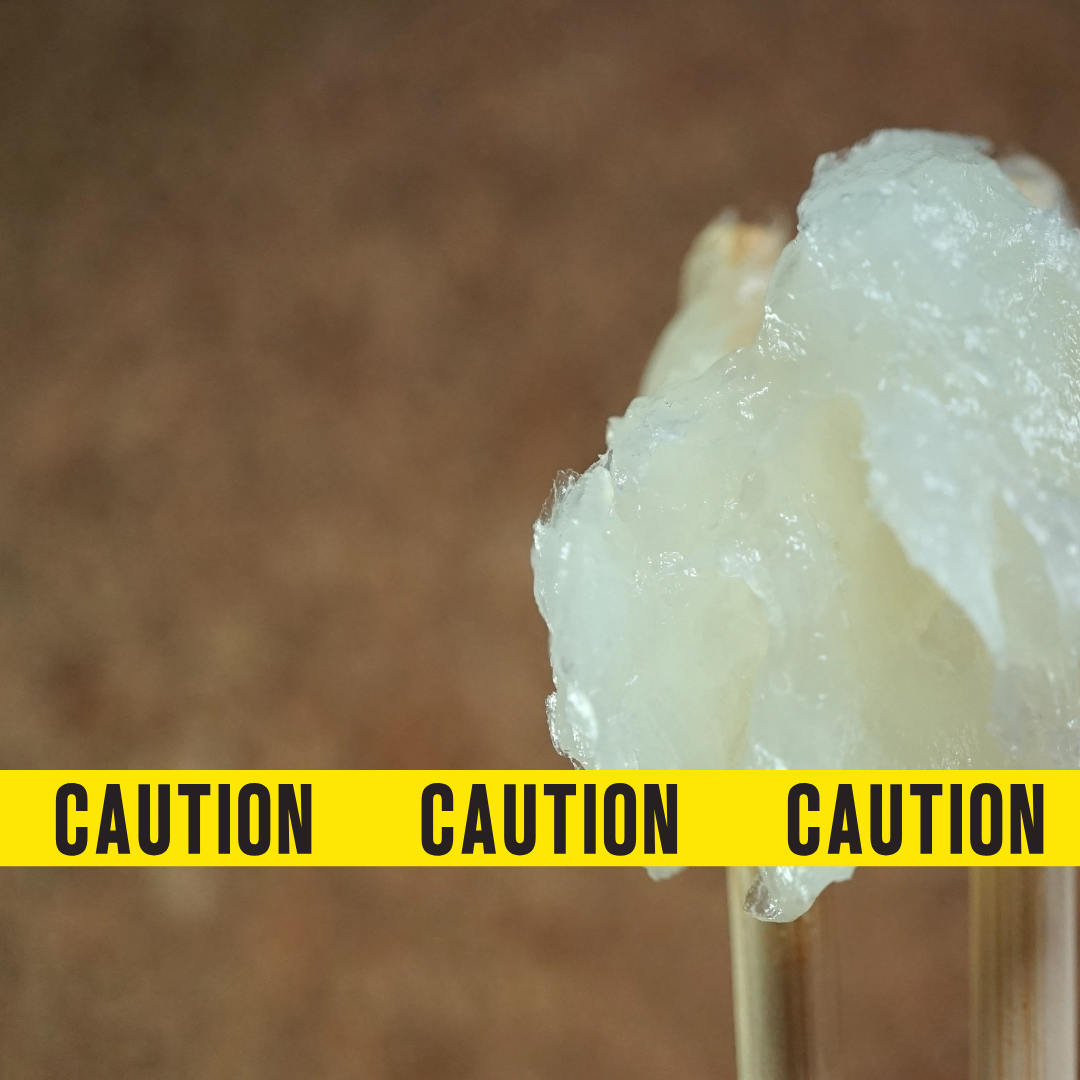
The Hidden Dangers of Petroleum Jelly in Skincare: What You Need to Know
Petroleum jelly, a common household staple, has been a go-to product for moisturizing and protecting the skin for over a century. Marketed as a versatile and effective skincare solution, it's found in countless beauty products, from lip balms to body lotions. However, while it may seem harmless, petroleum jelly comes with hidden risks that could compromise your skin's health and overall well-being.
What is Petroleum Jelly?
Petroleum jelly is a byproduct of crude oil refinement, consisting of a mix of hydrocarbons. Its occlusive properties create a barrier on the skin, preventing water loss and providing a temporary feeling of hydration. Despite its widespread use, it's worth questioning whether this product aligns with your long-term skincare goals.
Potential Risks of Petroleum Jelly in Skincare
1. Clogging Pores
Petroleum jelly is highly occlusive, which means it can trap dirt, bacteria, and dead skin cells beneath its barrier. For people with oily or acne-prone skin, this can lead to clogged pores, breakouts, and an exacerbation of existing skin issues.
2. Lack of Nutritional Benefits
Unlike plant-based oils and butters, petroleum jelly offers no vitamins, minerals, or nutrients to nourish the skin. While it may lock in moisture, it doesn't contribute to the skin's repair or overall health.
3. Environmental Concerns
As a byproduct of the fossil fuel industry, petroleum jelly raises sustainability concerns. Its production contributes to pollution and relies on non-renewable resources, making it a less eco-friendly option compared to natural alternatives.
4. Potential Contamination Risks
If not properly refined, petroleum jelly may contain harmful impurities like polycyclic aromatic hydrocarbons (PAHs), which have been linked to cancer. While the products on the market are typically refined, the risk of contamination exists, especially with low-quality brands.
5. False Sense of Hydration
Petroleum jelly forms a barrier on the skin but doesn’t add hydration or penetrate deeply. Over-reliance on it can leave your skin feeling dry and dependent on external products for moisture.
Safer Alternatives to Petroleum Jelly
If you're looking for effective, natural options to replace petroleum jelly in your skincare routine, consider these alternatives:
- Shea Butter: Packed with vitamins A and E, shea butter deeply moisturizes and nourishes the skin.
- Coconut Oil: Offers hydration while providing antibacterial and antifungal properties.
- Beeswax Balms: A great occlusive that locks in moisture without the risks associated with petroleum-based products.
- Jojoba Oil: Closely mimics the skin's natural sebum, providing hydration without clogging pores.
- Aloe Vera Gel: A lightweight option that soothes and hydrates the skin naturally.
How to Spot Petroleum Jelly in Skincare Products
Petroleum jelly often appears on ingredient lists under different names, such as:
- Petrolatum
- Mineral Oil
- Paraffin Oil
- Vaseline
When shopping for skincare products, be mindful of these terms and opt for brands that prioritize clean, plant-based ingredients.
Conclusion
While petroleum jelly might seem like a convenient option for your skincare needs, its potential drawbacks make it worth reconsidering. With so many natural, sustainable, and effective alternatives available, you can achieve healthy, hydrated skin without the hidden risks.
Your skin deserves the best—choose products that truly nourish, protect, and care for it. At Theristes.com, we celebrate skincare solutions that prioritize both your health and the planet. Explore our range of clean beauty products and embrace a safer approach to skincare today!
